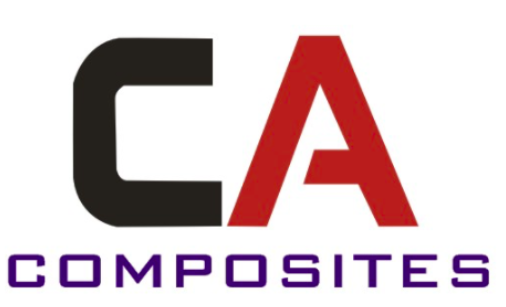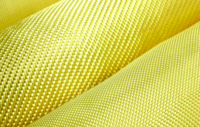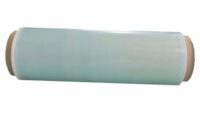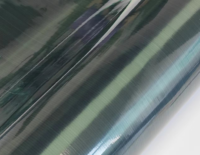List of UD Fiberglass Prepregs
| Dry Weight | Resin Content (%) |
Fiber Areal Weight (g/m2) |
Final Weight (g/m2) |
Fiber Type |
| UD 200(±10)gsm | 32±3 | 200±10 | 294±10 | E-glass |
Here’s TDS of the Cryogenic Prepreg
Methods of Curing
Our Prepregs are extremely convenient to work with and can be processed in a variety of methods:
- Autoclave
- Out of Autoclave
- Heat-press moulding
- Heat-shrink wrapped
Ideal curing process for our prepregs
- Out of Autoclave: Vacuum shouldn’t not be less than -0.085Mpa and rate of heating should be 1-3°C/minute. For ideal curing, hold for 60 minutes at 130°C. Avoid rapid cooling. The mould should be removed only after cooling to 50-60 °C
- Autoclave:Vacuum shouldn’t not be less than -0.085Mpa, pressure should be 1-3 bar and rate of heating should be 1-3°C/minute. For ideal curing, hold for 60 minutes at 130°C. Avoid rapid cooling. The mould should be removed only after Cooling to 50-60 °C.
Shelf life and instructions
- Pot life: <26℃ , RH<65%, 30 days Shelf life: -18℃, <12 months
- Instructions for use:After being taken out of the cold storage, the prepreg film should be allowed to warm up for 6-12 hours at room temperature. The remaining materials after use should be sealed and put into the cold storage immediately.
Key Applications of Cryogenic Prepregs
- Medical Devices: Utilized in medical equipment that operates in low-temperature environments, such as certain diagnostic tools or storage systems.
- Sports Equipment: Commonly used in the production of skis, sleds, and other sports gear requiring strength and flexibility in cold climates.
- Cryogenic Containers: Ideal for creating containers that store and transport liquid hydrogen, ammonia, nitrogen, and oxygen due to their durability and resistance to low temperatures.
- Superconducting Structural Components: Used in the construction of superconducting parts that need to remain functional and stable in cryogenic conditions.
- Electrical Insulation: Provides reliable insulation in electrical systems, especially in environments involving extreme cold.





